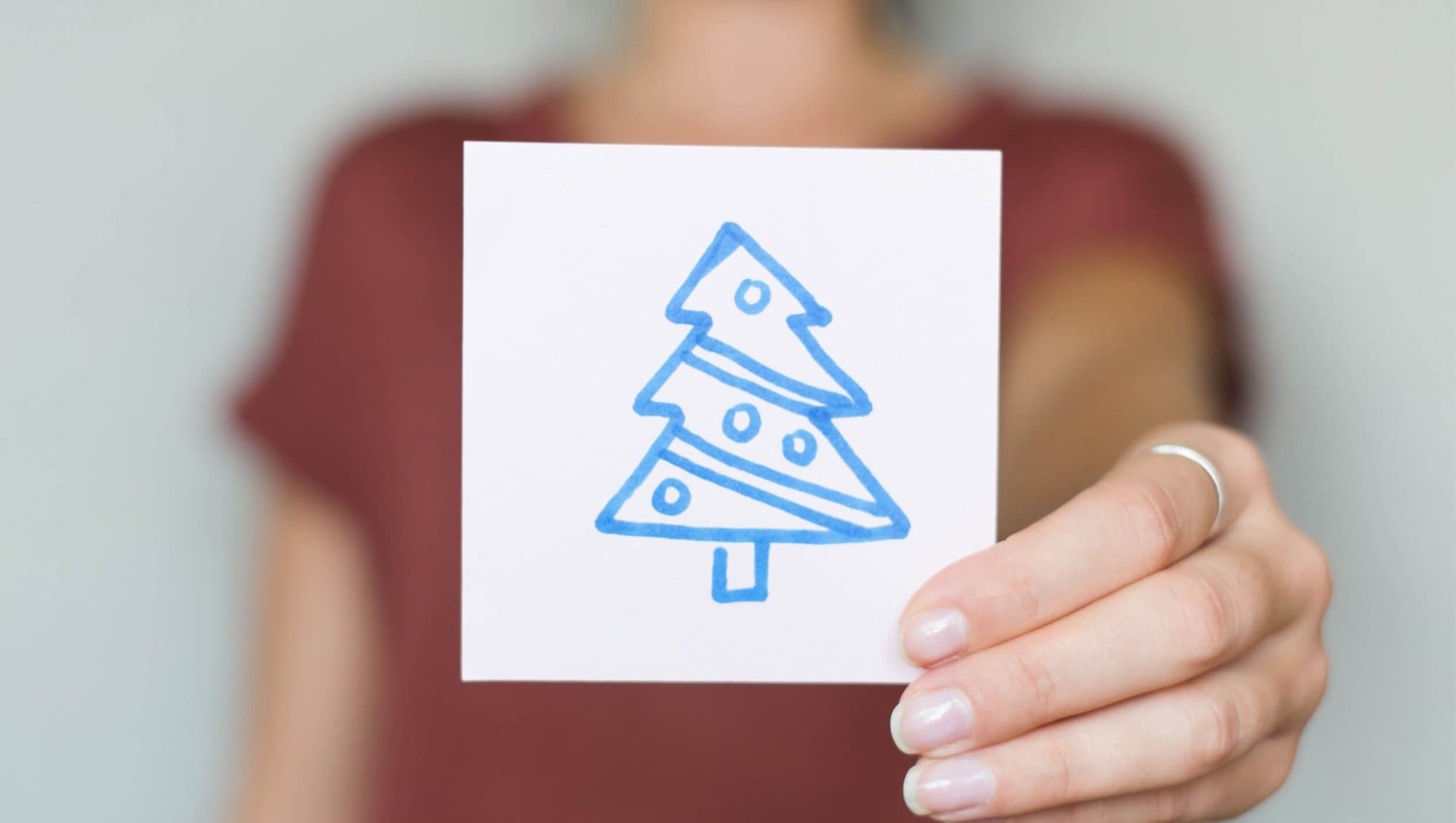
The tradition of sending Christmas cards has long been a cherished part of the festive season, but maybe not for as long as you think. In their early years, these often beautifully designed pieces of artwork served as a means of conveying warm wishes, spreading holiday cheer, and connecting with loved ones across counties, countries and continents. Like everything made of paper though, in the 21st century, this age-old tradition is facing a significant transformation, with digital alternatives and changing consumer preferences reshaping the landscape of how we wish each other well in the winter months.
There are a few claims to be the first pioneer of the mass-produced card, and Queen Victoria is said to have send the first official card. The first commercial Christmas card dates back to 1843 when Sir Henry Cole, a British civil servant, commissioned John Horsley, a talented artist, to create a card with the purpose of encouraging social harmony and good will during the festive season. This early Christmas card featured a suitably festive design and a message of "Merry Christmas and a Happy New Year to You." Less than two decades later, Christmas cards were being mass produced and from then on, the number sent each year climbed and climbed, to a 2005 peak of around 1 billion cards sent and received (although this number could be as high as 8 billion!). The first recorded evidence of a Christmas Card being sent, though, is way back to Jacobean England, pre-civil war, with Shakespeare in his last few years The first known Christmas card was sent by Michael Maier – physician and alchemist - to James I of England (VI of Scotland) and his son Henry Frederick, Prince of Wales, in 1611.
Christmas cards have become more than just a piece of paper with a greeting; they represent a significant form of holiday nostalgia, self-expression, and connection. The act of selecting, writing, and sending Christmas cards has been a cherished tradition for generations. However, in the 21st century, several factors are contributing to the decline of traditional Christmas cards. During the Victorian age, an era of great change, innovation and experimentation, there were plenty of what we might today call ‘creepy’ Christmas cards. The combination of traditional artistry and sinister, surreal depictions can look everything from bizarre to unsettling, by today’s standards. Personally, I love them, so I’ve done a quick Pinterest for you here: https://www.pinterest.co.uk/tomthreadgill/christmas-cards/
The rise and total domination of digital communication and social media has made it easier than ever to send holiday greetings instantly. E-cards, social media posts, and text messages have become convenient and cost-effective alternatives to traditional Christmas cards. The immediacy and accessibility of digital options appeal to the fast-paced lifestyles of the modern era. Because of the digital domination though, a Christmas card can carry even more meaning. In a world where you can send greetings to anyone on the planet within seconds, a card takes time, thought and effort. Want to show someone you really care? Send them a card!
It might not seem like such a big deal given how much waste humans produce everywhere else for the rest of the year, but it’s amazing to think that by just laying the cards sold in the UK each year, end-to-end, they would go around the earth five times! That’s a lot of paper whichever way you look at it, and one third of them will end up in landfill. But e-cards still have an environmental cost (I hear you shout). Yes, they do. And lo and behold someone has taken the hard work out of this one for us –– albeit on behalf of an e-card provider... The long and short is that sending an e-card will release about 50g carbon into the atmosphere, whereas sending a traditional card will release around 140g.
Here are some digital alternatives for you to try this year.


